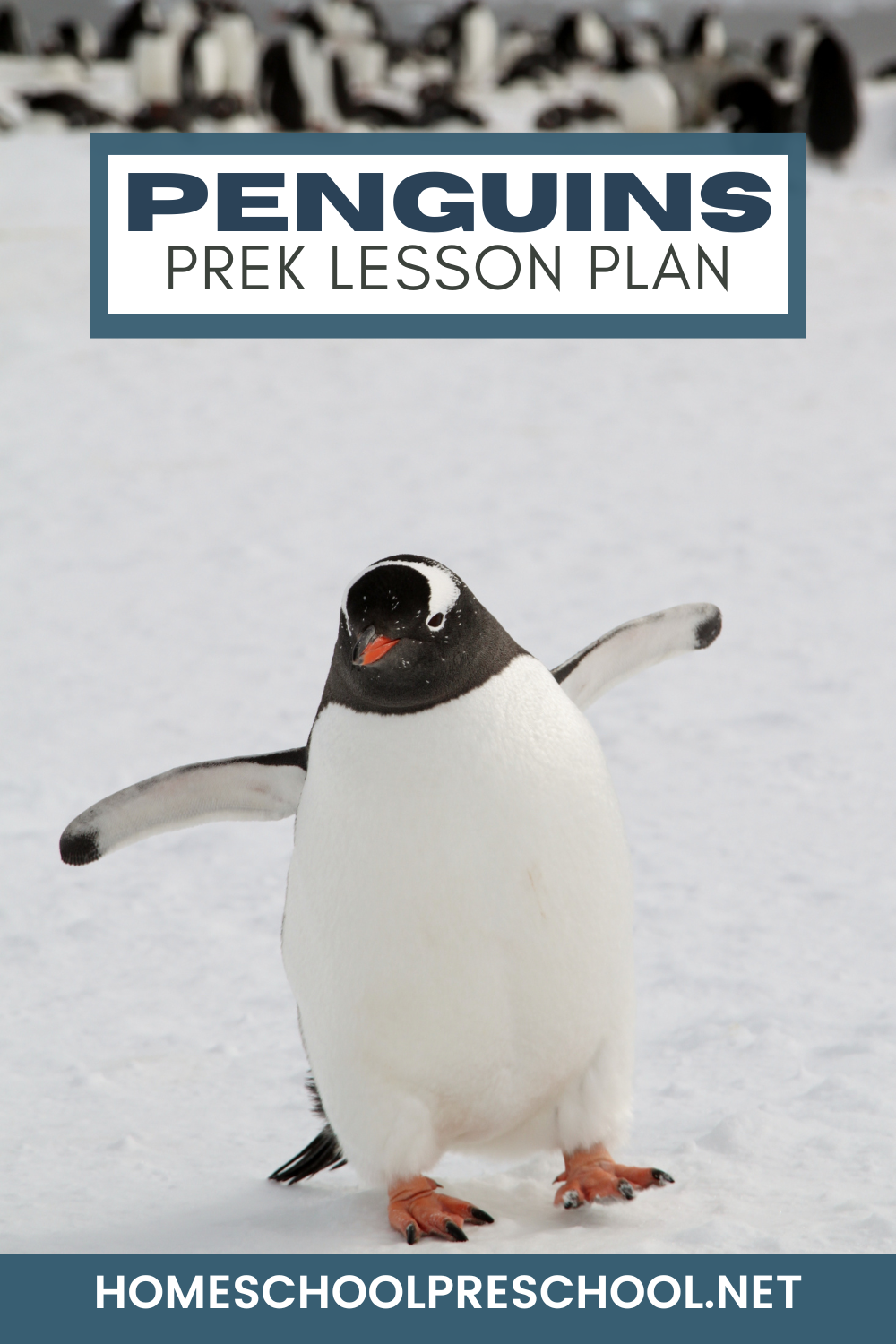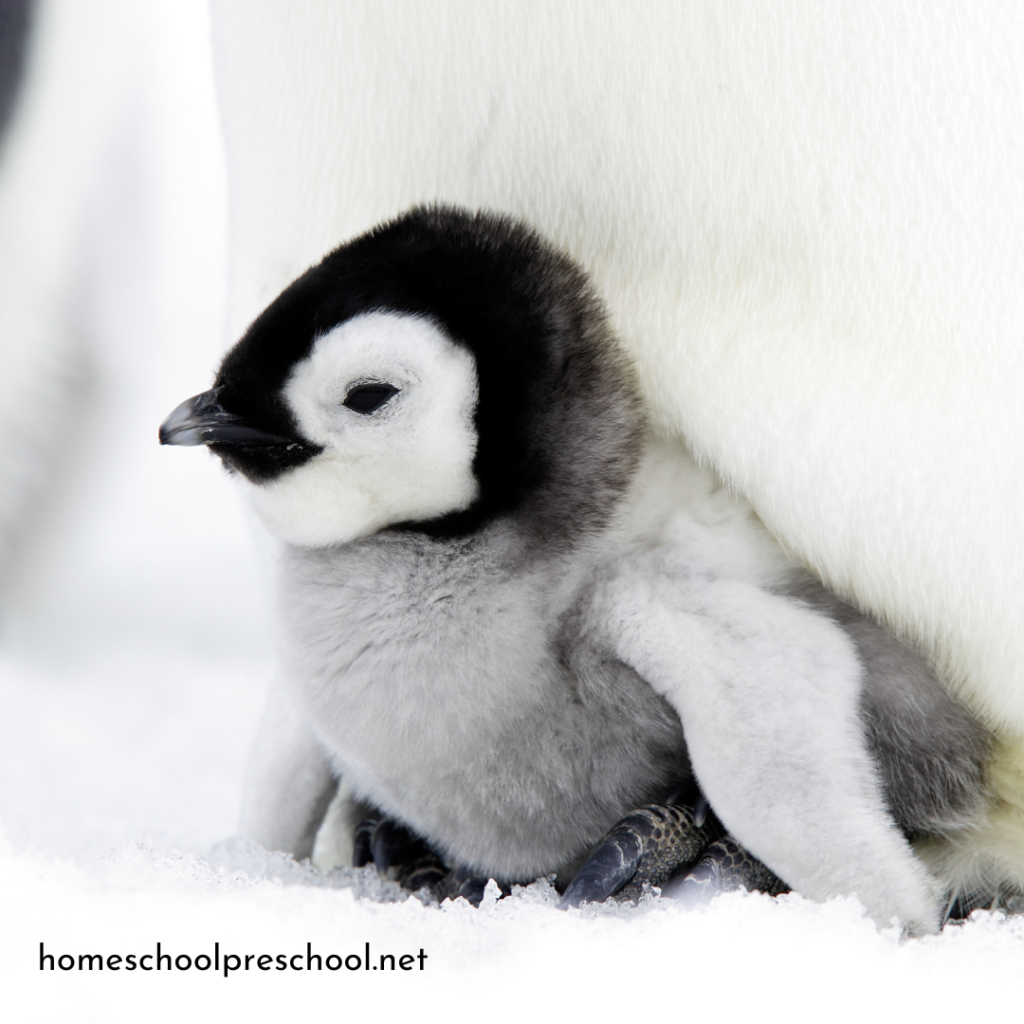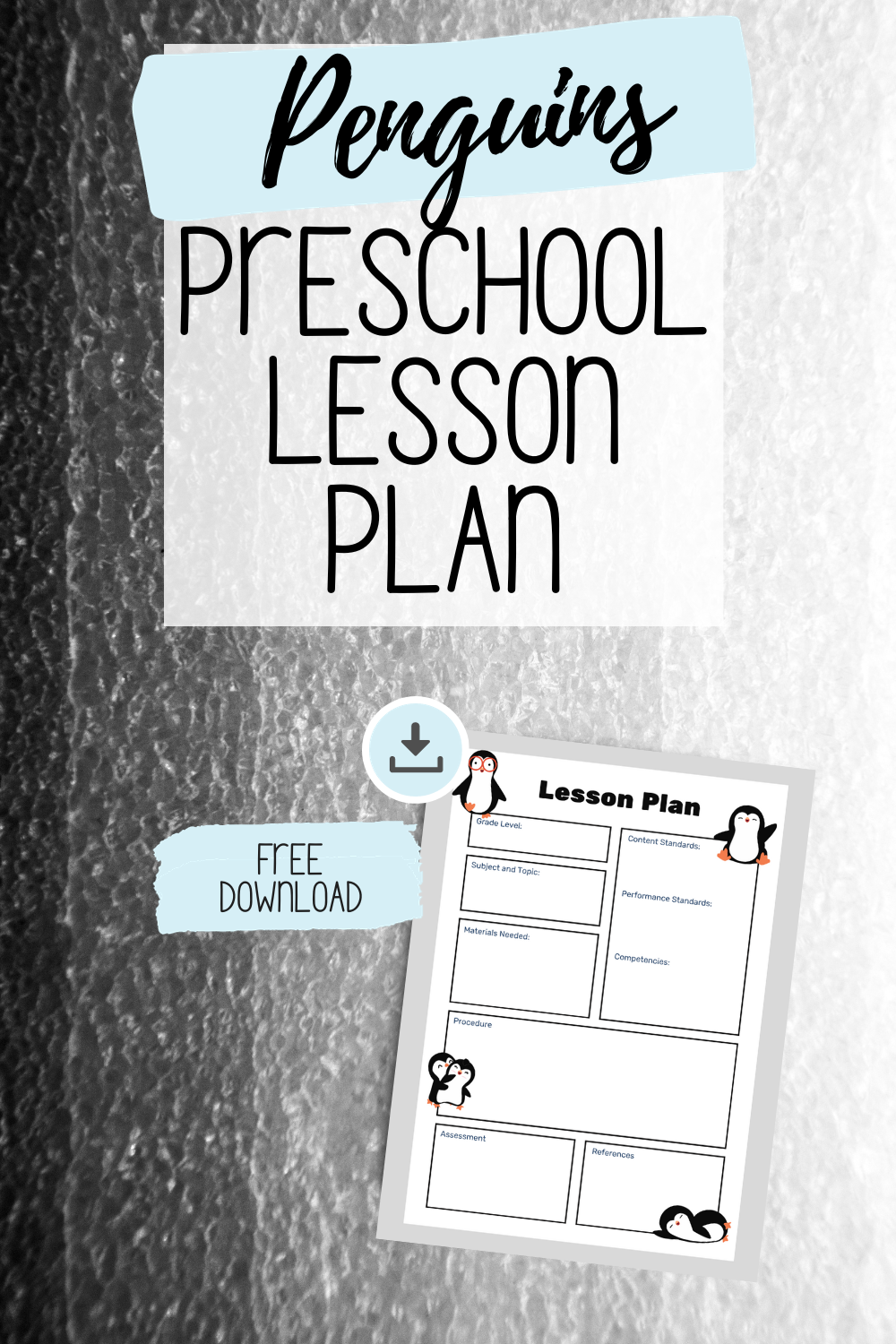Penguin Lesson Plans
Have you ever been intrigued by the waddling walk or the fascinating lifestyle of penguins? Our penguin lesson plans are designed to quench your curiosity!
Penguins, with their unique characteristics and adaptations, captivate both young and old. Especially for our young learners, we have included a variety of penguin activities for preschoolers.
These activities make learning fun and interactive, helping children understand the importance of these flightless birds in the ecosystem. So, why does studying penguins matter?
These remarkable creatures play a significant role in marine food chains and reflect the health of our oceans. Let’s embark on an exciting educational journey, exploring the captivating world of penguins together!

Before we delve into the core of our lesson plan, let’s set the stage with some fascinating penguin facts. Did you know that there are approximately 18 species of penguins, and they are primarily found in the Southern Hemisphere, particularly Antarctica?
Each species has its unique features and behaviors, yet all penguins share some common traits. They are all excellent swimmers, using their wings as flippers and their feet as rudders.
Now, with these engaging insights in mind, let’s move on to our detailed, fun-filled lesson plans that will take us more in-depth into the captivating world of penguins.
Penguin Lesson Plans
From their unique characteristics, and adaptations, to their significant role in our ecosystem, there’s a lot to discover.
Whether you’re an educator looking to make learning more engaging, a student eager to delve into marine biology, or just a penguin enthusiast, you’ll find these lesson plans both informative and fun.
So, put on your explorer’s hat and join us as we embark on this fascinating journey into the world of penguins!

Lesson Objectives
Our preschool lesson plans aim to provide preschool children with engaging and interactive experiences that will help them:
Identify Different Penguin Species: Children will learn to differentiate between various penguin species, understanding their unique features and habitats.
Understand Penguin Lifestyle and Adaptations: Through interactive activities, children will explore how penguins adapt to their environment, their food habits, and their social behavior.
Appreciate Penguins’ Role in the Ecosystem: By comprehending the vital role penguins play in the marine food chain, students will gain an early appreciation of the importance of biodiversity.
Develop Environmental Awareness: Recognizing the effects of climate change on penguins will help children understand the broader impact of human actions on the environment. This knowledge will foster a sense of responsibility toward preserving nature.
These objectives are structured to be fun and engaging, prompting curiosity, and promoting knowledge retention among young learners. In the following sections, we will elaborate on the activities designed to meet these objectives effectively.
Penguin Facts
In this section, we aim to provide children with a basic understanding of penguins. We’ll introduce them to various penguin species and highlight some unique characteristics that make these creatures truly fascinating.
Basic Information About Penguins: Start by discussing what a penguin is. For instance, you might say, “Penguins are birds, but unlike most birds, they can’t fly. Instead, they are excellent swimmers! They love to eat fish, and they live in cold places, mostly in the Southern Hemisphere.”
Different Types of Penguins: Now, introduce the concept of different penguin species. Use simple descriptions and colorful images to depict a few species like the Emperor Penguin, Adélie Penguin, and the Galapagos Penguin. Explain that just like people, penguins can look and behave differently based on where they come from. For instance, “Emperor Penguins are the largest and they live in Antarctica, while Galapagos Penguins are smaller and live near the equator where it’s warmer.”
Encourage children to draw their favorite penguin species, highlighting its unique features. This interactive activity will not only make learning fun but also help children remember different penguin species and their characteristics.
Penguin Activities
Engaging children in hands-on activities is an excellent way to make learning more memorable and enjoyable. In this section, we are going to detail a few activities that are designed to increase the children’s understanding and appreciation of penguins while stimulating their creativity and motor skills.
Penguin Crafts for Preschool
Crafts are a wonderful means to engage young learners, stimulate their creativity, and reinforce learned concepts.
Ask the children to create their penguins using everyday materials like paper plates, black and white paint, and googly eyes.
While they are crafting, reinforce the characteristics of penguins, discussing their color, shape, and the fact that they cannot fly but are excellent swimmers.
- Waddling Penguin Preschool Craft
- Water Bottle Penguin Craft
- Penguin Name Craft from Simple Everyday Mom
- Handprint Penguin Craft from Toddler Approved
- Macaroni Penguin Craft from Parenting Chaos
Penguin Movement Imitation Games
Children learn best when they are actively involved in the learning process. Conduct a game where the children have to imitate penguin movements.
The game can include waddling like a penguin, pretending to catch fish, or flapping wings like a penguin swimming. This will not only be a fun activity but will also help them remember the unique characteristics of penguins.
Story-telling Session Featuring Penguins
Storytelling is an effective method to capture the attention of preschoolers. Read a story about penguins, such as “Tacky the Penguin” or “Penguin’s Big Adventure”.
As you tell the story, emphasize the penguin’s lifestyle, habitat, and their role in the ecosystem. Invite children to ask questions and encourage discussion about the story and the penguins.
This will help deepen their understanding and curiosity about these fascinating creatures.
Interactive Learning
Interactive learning combines learning and fun, making it a highly effective technique for teaching young children.
In this section, we’ll explore various educational tools and activities that offer interactive learning opportunities about penguins.
Introduction to Educational Penguin Videos
Videos are a captivating means of education for children. Utilize educational videos that provide real-life footage of penguins in their natural habitat. This can include notable features such as how they interact with each other, their feeding habits, and their swimming skills. Videos like “Penguins for Kids” by National Geographic Kids offer informative and interesting content, making learning more enjoyable and retaining for children.
Interactive Penguin Games
Online interactive games combine learning and play, which makes them a perfect activity for preschool children. There are numerous online resources available for free that offer interactive games related to penguins.
These games can help children reinforce the facts they’ve learned about different penguin species, their lifestyle, and their role in the ecosystem. Games like “Penguin Quest” and “Ice Breaker” engage children while subtly teaching them about penguins.
Evaluation of Learning
At the end of our penguin-themed educational journey, it is important to review and evaluate what the children have learned. This provides an opportunity to reinforce the information and assess their overall understanding of the topic.
Recap of What They’ve Learned
Begin the evaluation process with a group discussion that allows the children to share what they remember. This could be facts about different penguin species, their lifestyle, or the role they play in the ecosystem. During this recap session, clarify any misconceptions and answer any lingering questions.
Short Quiz or Interactive Activity to Test Knowledge
Following the recap, conduct a short quiz or interactive activity to assess the children’s knowledge. This could be a simple matching game where they match the names of different penguin species to their pictures or a trivia quiz where they answer questions based on the information they have learned. Make sure to present this activity as a fun game rather than a test to keep the learning environment stress-free and engaging.

In summary, this comprehensive lesson plan is a fun and interactive way to teach children about penguins. From creative crafts and movement games to storytelling and interactive learning tools, every activity is designed to engage children while imparting knowledge about these fascinating creatures.
The recap and quiz sessions ensure that the children retain what they’ve learned. But remember, learning about penguins doesn’t have to stop here. Encourage children to continue exploring the world of penguins at home.
They can watch penguin documentaries, read penguin-themed books, or even create their own penguin stories. The goal is to inspire a love of learning and a deep appreciation for the natural world.












